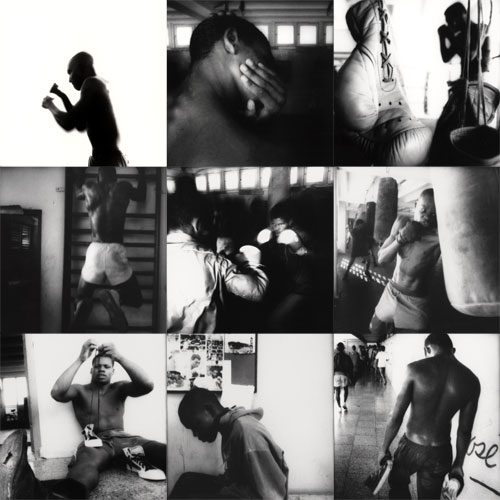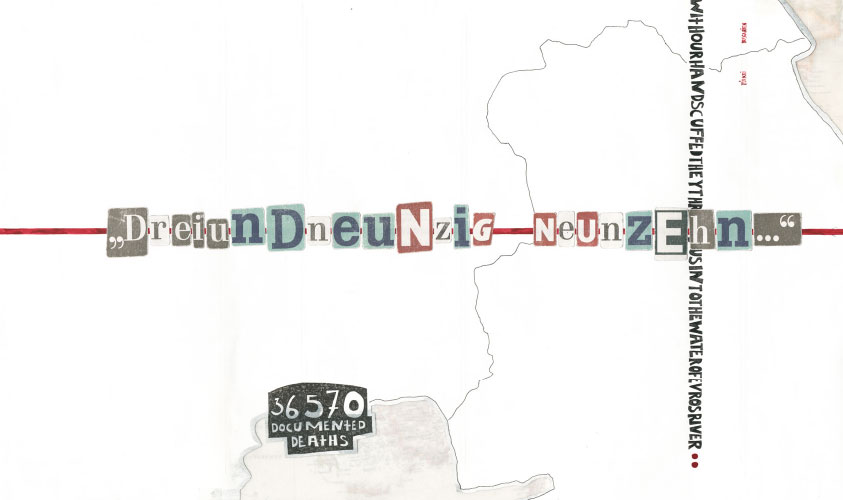
20|22
Das von … vielfältigen Bezügen geprägte Tagebuch bietet sich als eine Tiefenbohrung unserer tagesaktuellen Informationslage im Sinne einer „documentary art“ an. Es macht anschaulich, wie eine instabile Weltordnung seit mehr als drei Jahrzehnten trotz aller Versuche einer internationaler Pazifizierung von einem eng miteinander verflochtenen Gewaltgeschehen geprägt wird. Staatenkriege, Bürgerkriege, terroristische Gewalt, die Unterdrückung von Regimegegnern oder der immer wieder menschenverachtende Umgang mit Flüchtlingen haben die Vision einer friedlichen Welt nach dem Ende des Kalten Kriegs unter sich begraben. Immer geht es um verlorene Macht, bedrohte Herrschaft oder den Anspruch auf Selbstbehauptung.
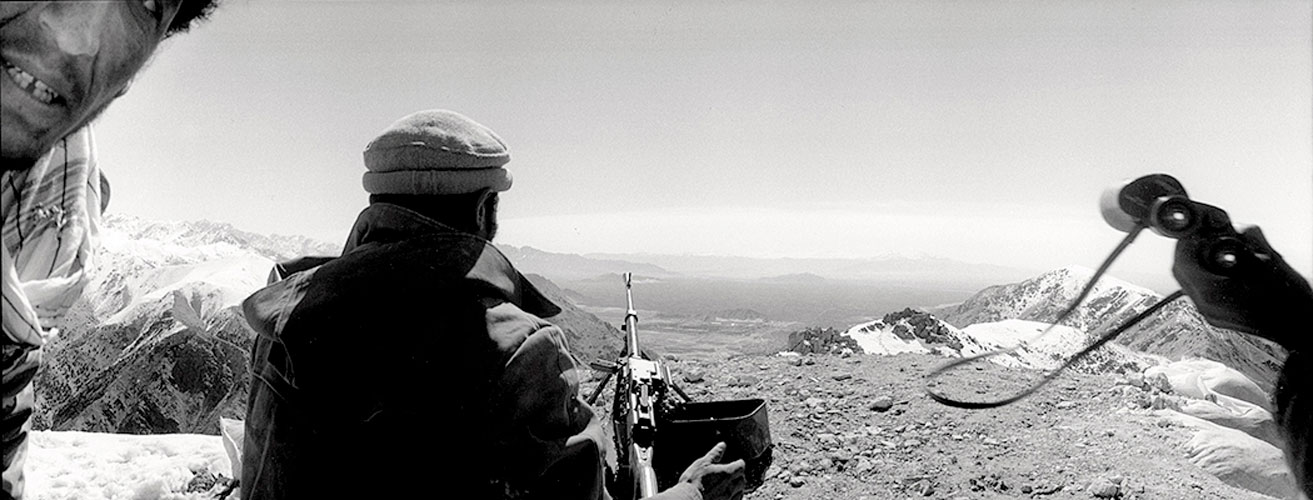
mīgozarād
Irregular borders, as well as overlapping areas of settlement sprinkled with enclaves or exclaves, bear witness to wars, deportation and destruction. Within the zone extending from the Caucasus to the Hindukush is an accumulation of the old burdens left behind by the Russian, Ottoman and Persian empires, and, the more recent, still-unhealed wounds inflicted by the Soviet Union. Political boundaries, often drawn by military might, devoid of all reasons and straight across ethnic-cultural structures, are one of the leading causes of conflict. It is no easy matter to distinguish between rebellion and a legitimate striving for autonomy, between banditry and police action, peacekeeping and peace enforcing, genocide and aggression: judgements call for a high degree of knowledge
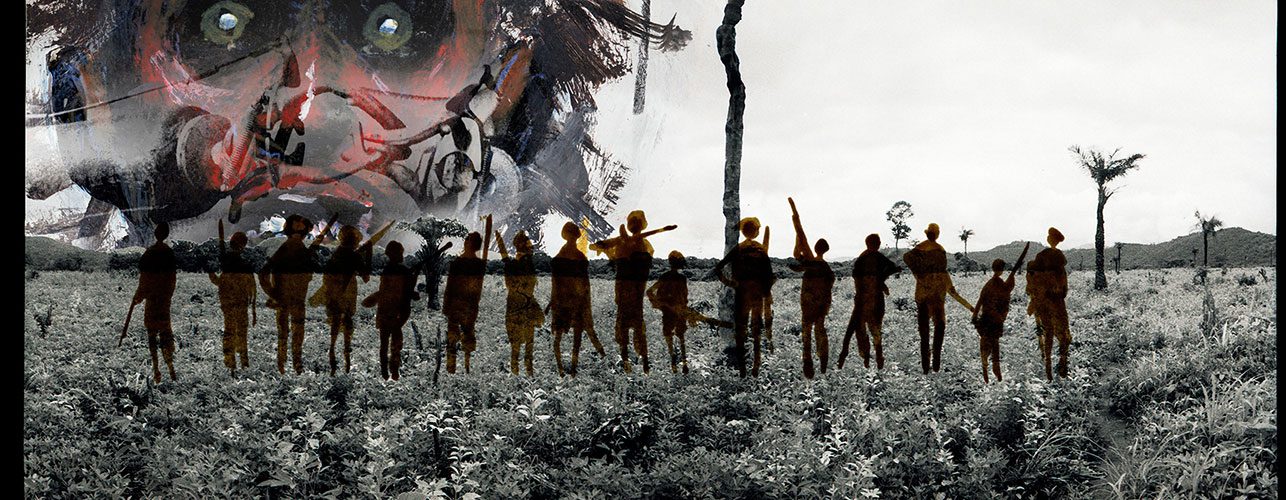
Black.Light Project
…this new place is, actually, a non-place, a volatile, non-existent location, a displacement or absence or destruction of personal property, intimate emotions, civil rights and individual expectations. We could call it Way Station. Technically, it’s used by the United Nations humanitarian agencies to refer to the facilities and services provided for the refugees along the political borders between the countries affected by civil conflict. Millions of refugees and internal displaced persons were moved and are being moved right now accross the region as a consequence of past and ongoing wars in Sierra Leone, Liberia, Ivory Coast and the Guineas´. The same notion applies to thousands of combatants: notions like a regular national army or a one-country focused and recruited rebel movement no longer apply to the african puzzle
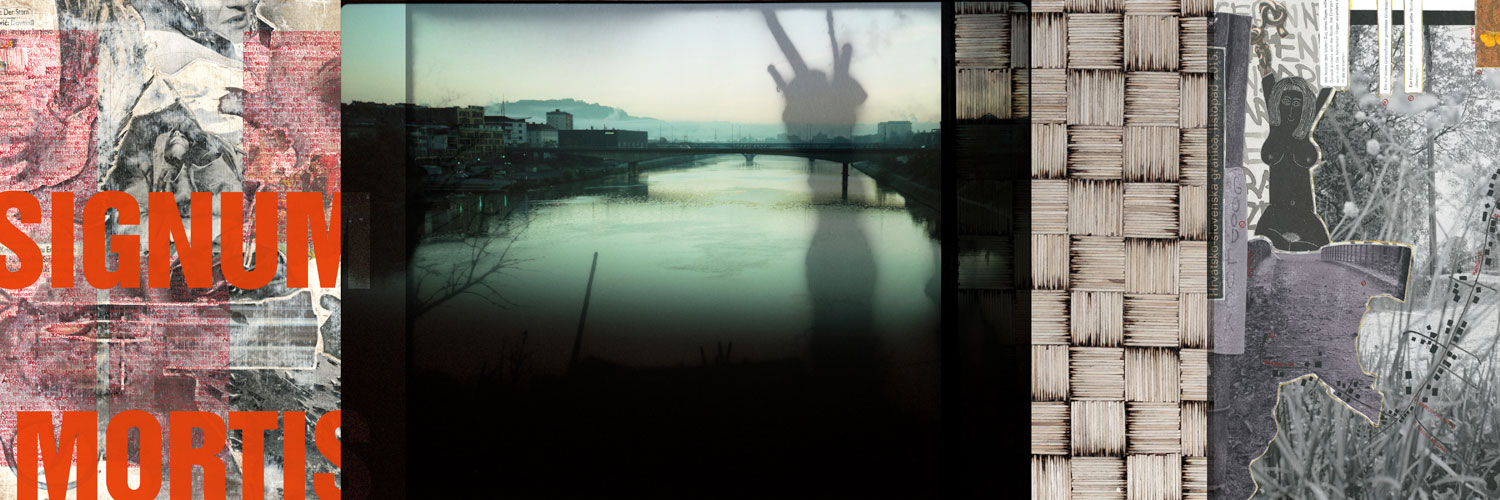
SIGNUM MORTIS
Wo hat die Grenze jemals das auseinandergerissen, was die Gewalt nicht willens war, aufrecht zu erhalten. Gibt es die Grenze überhaupt – oder gibt es nur den Menschen, in dem ich alles Schlechte vermute. Seine Nationen, seine Hautfarben, seine Sprachen, seine Ursachen, seine Grenzen, seine Gewalt lassen die Kinder nachts nicht schlafen. Tagsüber sind wir müde von den Nachrichten, die sich nachts wie Wasser in Regentonnen sammeln: Gestern ist es wieder einmal passiert:
mehr als achthundertdreißig / dreihundertzwanzig / achtzig / hundertsiebzig / vierzigtausendfünfhundertfünfundfünfzig. Niemand redet über so viele Silben – von Zahlen ganz zu schweigen. Ein Boot voller Niemand ist die Rede nicht wert. Was lässt uns nachts nicht schlafen, was tagsüber sich wegzählen lässt. Zäher Gedanke. Ich tue den Menschen nicht recht.
Die Grenze ist der Gewaltraum – Traum des patrouillierenden Soldaten. Ich tue dem Soldaten nicht recht, er hat schließlich eine Familie zu ernähren mit Gummigeschossen, Knüppeln, Schlägen, Schrot und Blei. Die Werte warten – geduldig lassen sie jede Vergewaltigung eines Kindes durch einen Soldaten über sich ergehen. Der Tod klopft, auch er muss sich einreihen – zuerst muss sich die Lunge mit Wasser füllen. Niemand redet über so viele Menschen. Europa ist eine Statistik. Die Grenze schläft
Marko Dinić

borders and beyond
It’s seven a.m. and the heat is already rising from the ground. On the Metiaut road, called Robert Kennedy Boulevard, east of Dili, East Timor, lies a man, face down. His features can’t be seen. He is alone in a pool of blood. Shortly before, three shots were heard, perhaps the same shots that frightened a figure that hides in the bushes along the berm of the road, panicked, unable to do what he intended: to come to his brother’s aid.
There’s a cellular phone next to the pool of blood. The victim called for help before falling unconscious to the asphalt. Three bullets from an automatic rifle, fired from less than 20 meters away, shattered half his right lung, severed vital nerves, grazed a vertebra, and completely separated two ribs from his spinal column, leaving them floating in his abdomen. The bullets exited through his back, opening an ugly wound in the muscles and skin of the lumbar region. An ambulance arrives. An attendant lifts the body onto the stretcher and recognizes the face: the President of the Republic! José Ramos-Horta, winner of the 1996 Nobel Peace Prize, is taken to a military clinic at the heliport of the Australian troops. He will be operated on. The gurney circulates between the anesthesia area and the surgery ward. Between one and the other, in the brief time in the open, the president, motionless on the gurney, grimaced with his eyes. The sun’s rays hithis face and he reacted to one last stimulus: light.
To the doctors, the president is between life and death. To the dying man himself, however, he is closer than that: he is between death and life
